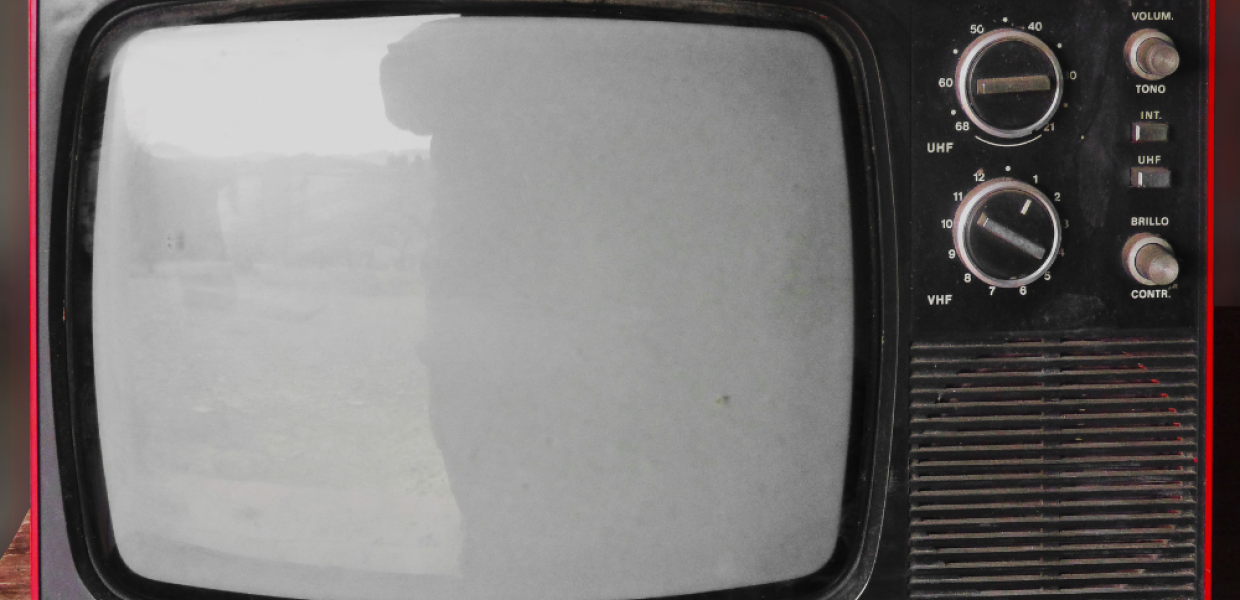This summer, many Americans found themselves misty-eyed as the documentary, Won’t You Be My Neighbor? paid tribute to the vision and legacy of Fred Rogers. As director Morgan Neville explains, “In a much more cynical age that we live in today and to be confronted by such emotional sincerity is overwhelming and ultimately, I think, kind of cathartic… . He’s explaining to these unformed people what it means to be a person and a neighbor and a citizen. And how we should think of other people and how we should think of ourselves.”
Rogers spoke directly to the camera to comfort children during times of national trauma; he modeled a more accepting social system through his interactions with his human guests and through the fables performed in the make-believe world of King Friday and Daniel Tiger.
Rogers represented a generation that had come through World War II and were consciously constructing a more democratic, more accepting culture for their children. Dorothy Baruch, a leading child-care expert of this post-war era, wrote, “To our children, democracy must not be something you-speak-but-do-not-live-by. It must assume reality. It must become a word associated and made real by many small but real experiences.” Writers like Dr. Seuss, television creators like Fred Rogers, Bob Keeshan (Captain Kangaroo), Linda Ellerbee and Joan Ganz Cooney (Sesame Street) created stories that gave young people a sense of security, took their concerns seriously, spoke with them honestly, and modeled civic virtues - top among them, respect for others.
My current research, in collaboration with Sangita Shresthova and Gabriel Peters-Lazaro, focuses on the importance of the civic imagination. The civic imagination is the cultural cornerstone for political engagement and participation. It describes what we imagine a better world might look like, how we see ourselves as political agents, how we understand our relations to others in our community and those who are different from us, how we identify mechanisms of change, and how we experience freedom, democracy, and respect if it has been denied us.
USC’s Civic Imagination Project, with funding from the MacArthur Foundation, has been conducting workshops across the country. When we asked a group of tobacco farmers and coal miners in Bowling Green, Kentucky, to share meaningful objects that speak to their feelings towards work, we experienced first hand what it still means to be a neighbor, as participants laughed and cried over stories that helped them see long-lost connections between their families.
When people describe the ideal world as it might exist in 2060 (beyond current political impasses), we hear remarkably similar things everywhere we go: people want to have some sense of security and wellbeing, a society more accepting of people of diverse backgrounds and identities, a sustain- able environment, and an educational system that creates different pathways for learning, among other things.
Differences resurface as we shift to models of change — a lack of faith in core institutions, worries about our fraying social fabric, a distrust of corporations, etc. — which make it hard to work together to achieve our common agenda. Our approach is playful with people playing show-and-tell, making up and performing stories for each other, and in some cases, drawing pictures or doing craft projects, all designed to unleash their imagination.
Media plays an active role in shaping the civic imagination. Our research on contemporary youth finds that they often adopt political metaphors drawn from the realm of popular culture.
Everything from the three finger salute from Hunger Games to Dumbledore's Army from Harry Potter, from superhero sagas to The Handmaid’s Tale, has surfaced during recent rallies and marches, offering them resources that inspire them to push for what they see as a better world.
With great power comes great responsibilities. Media producers need to embrace their responsibility to model what it might mean to be a good neighbor in today’s world and to encourage us to explore alternative futures together.
Rekindling the civic imagination does not necessarily mean “taking sides” in core ideological debates. Rather, we need media that taps the values and aspirations we share rather than what divides us. Right now, brands are fueling the divides through their sponsorship choices and getting caught in the partisan crossfire. Right now, political discourse focuses on wedge issues as a means of rallying “the base,” and brands are often playing that same game as they seek advantage in a fragmented marketplace. Right now, telling diverse stories often means focusing on problems people have overcome, but it could also mean calling attention to our hopes and aspirations.
As the example of Mr. Roger’s Neighborhood suggests, media makers might pursue another path, appealing to our common humanity. Rogers understood children as particularly needing such messaging, but in fact, such programming can and should speak across all demographics. Star Trek, which emerges from that same moment as Mr. Rogers, showed adults and youth a future which had overcome some of Earth’s racial and political divides.
Some of those visions seem cornball today, but that is because they represent the civic imagination of another era. Today, white, middle class, suburban, male norms can no longer be taken as neutral or universal, but that’s why the most striking moments in the documentary are when Rogers embraces difference (for example, sharing a wading pool with a black neighbor). And that’s why we need to reimagine these formulas based on field work mapping the contemporary civic imagination. Recent works such as Hamilton and Black Panther have won huge success by speaking for a more diverse and inclusive society. The misty-eyed response to Won’t You Be My Neighbor? demonstrates that many hunger for someone to perform these same functions today, providing comfort to those who are hurting, welcoming those who have been excluded, and bringing us together as neighbors once again.
To download a full copy of the 2019 Relevance Report, click here.









